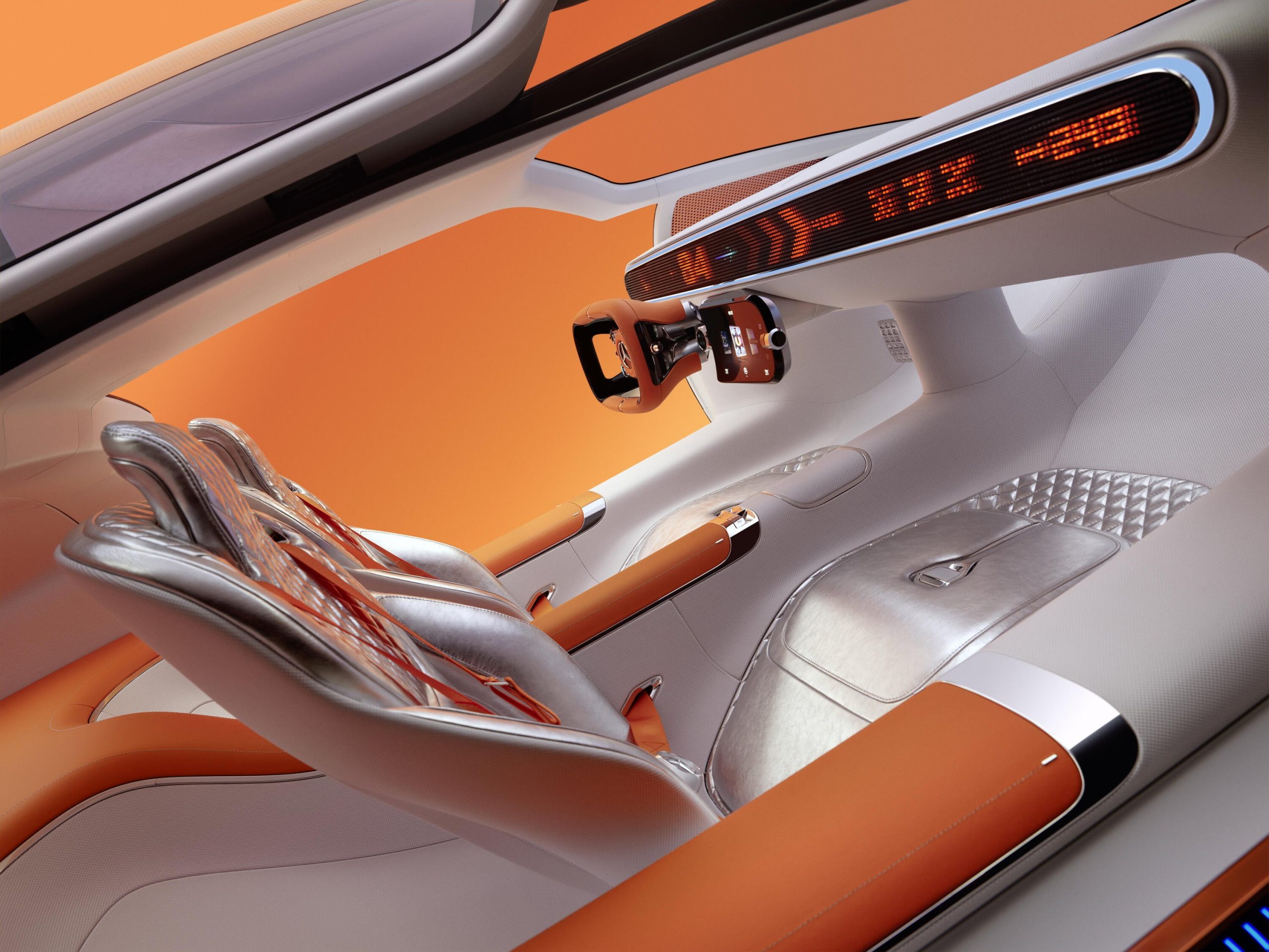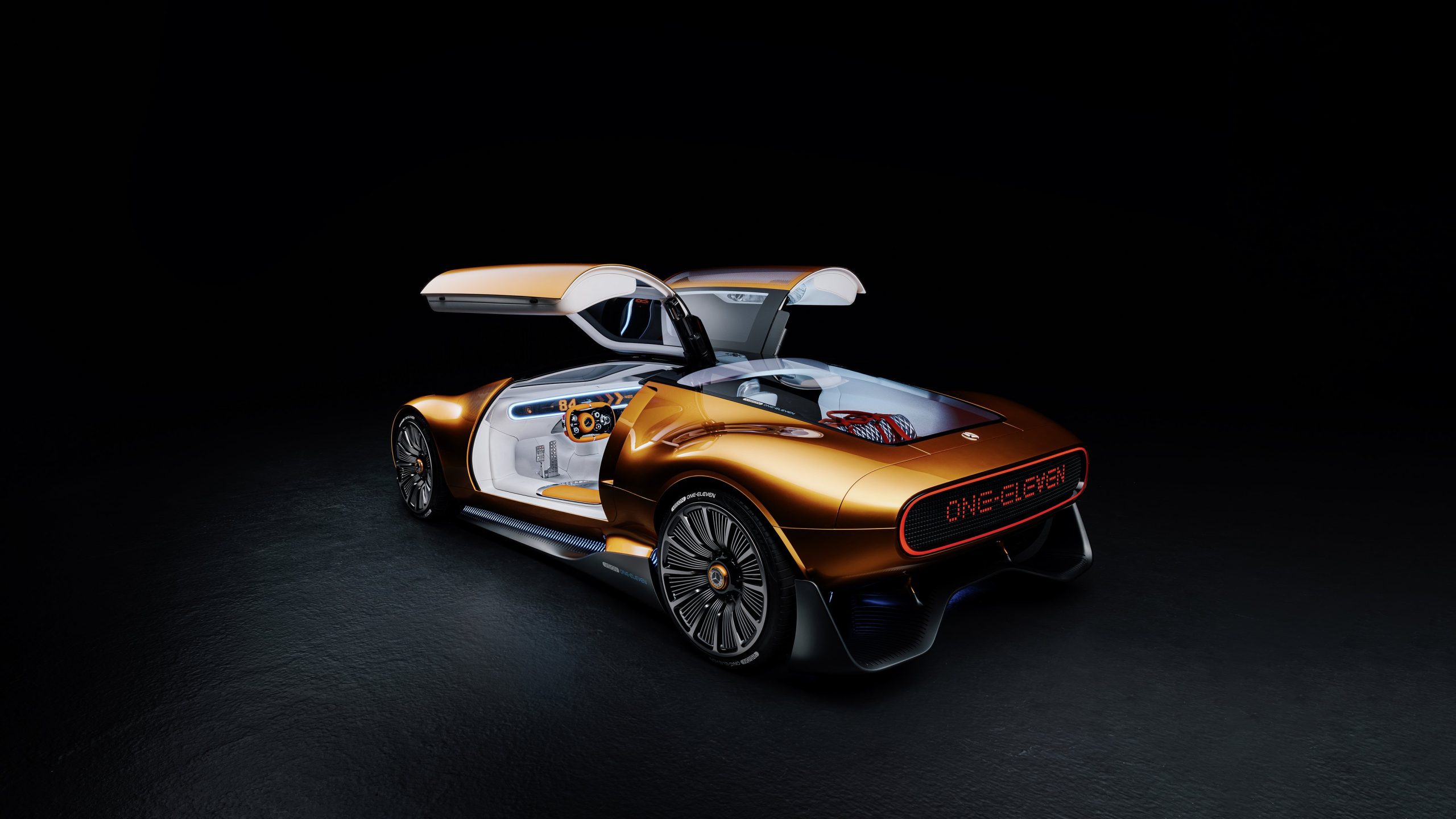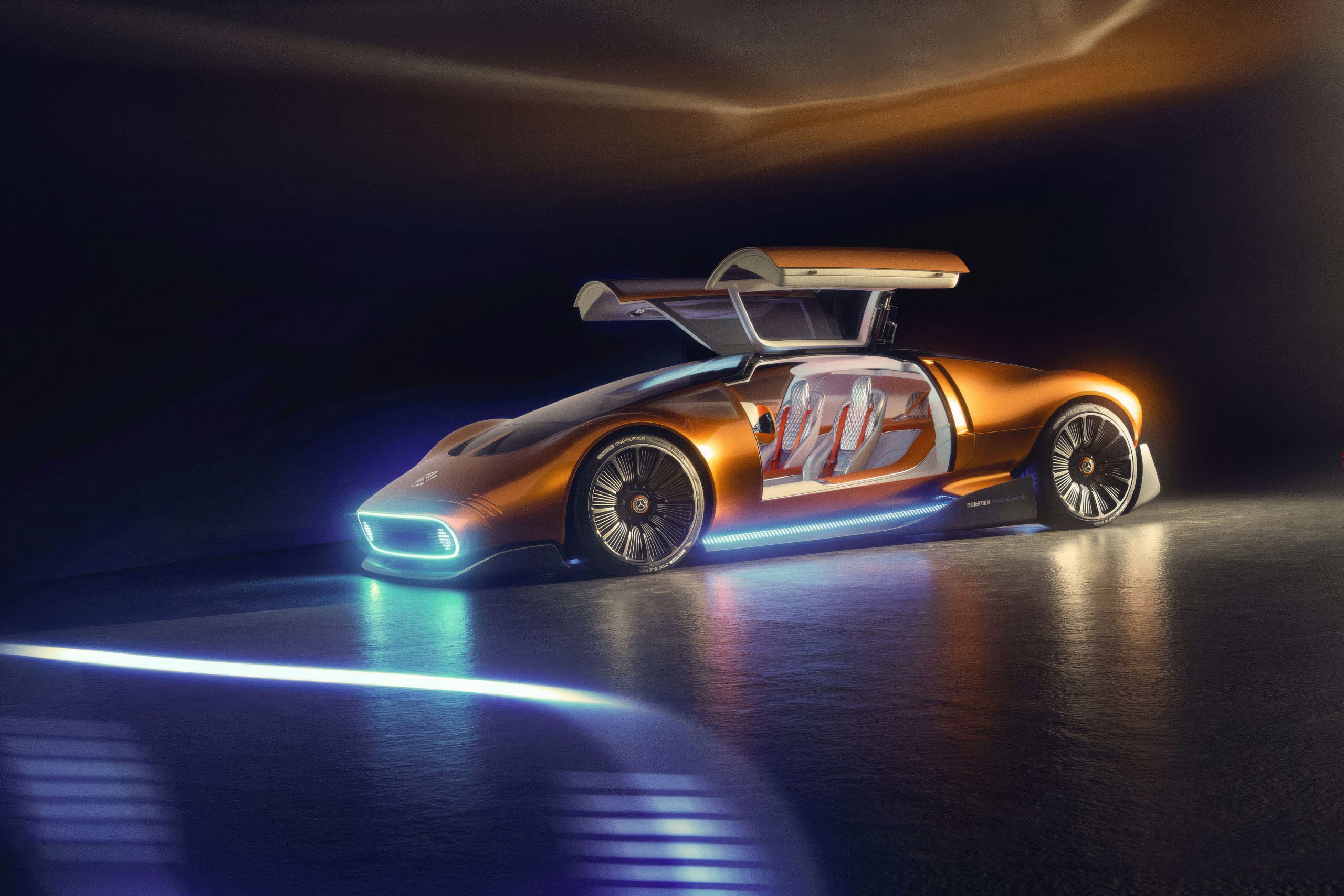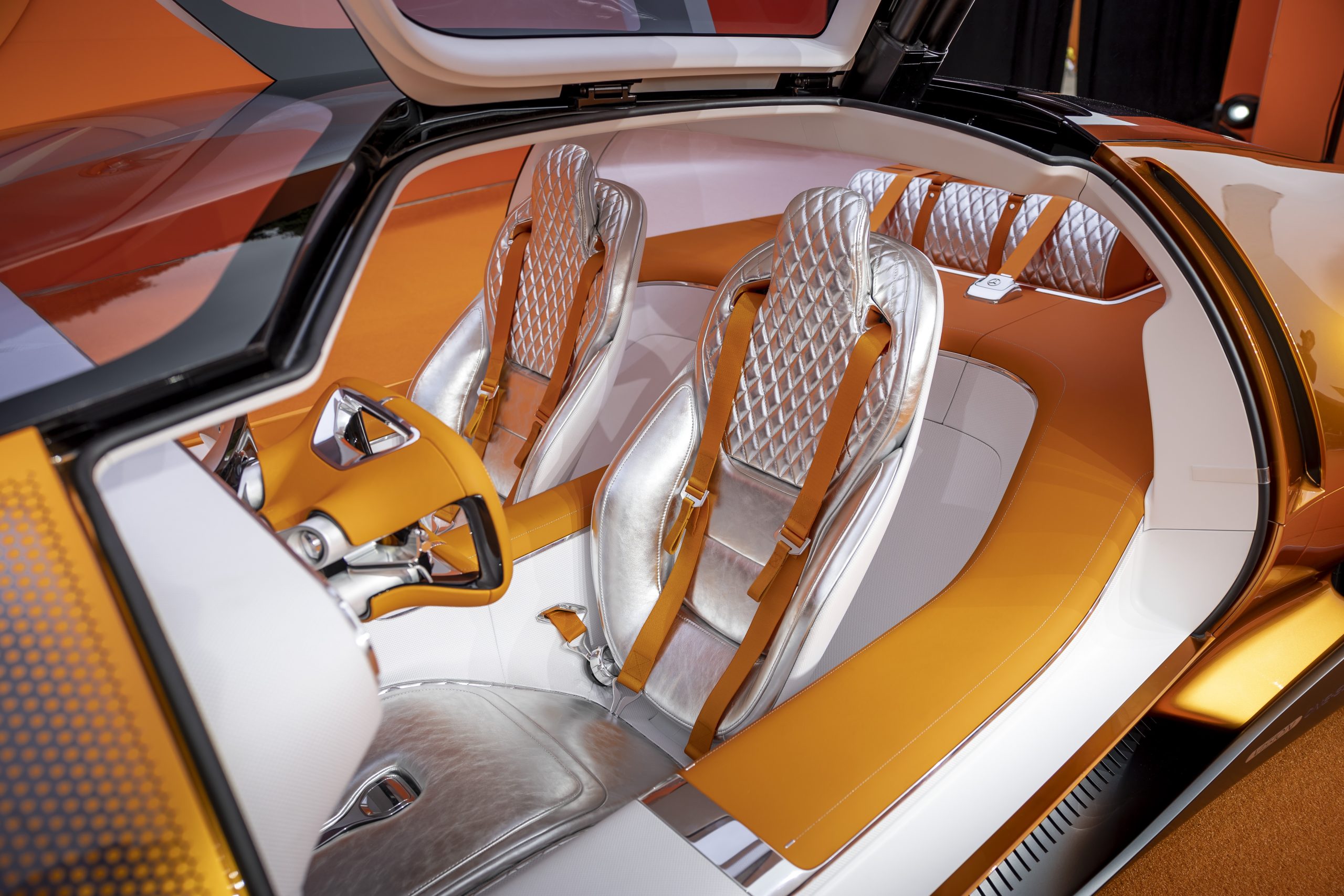Written By MIKHAIL GOMES
If you’re wondering what the Space Age and Woodstock looked like as a car – check Mercedes’ C111 catalogue from 1969.
C111s were Mercedes’ avant-garde prototypes that perfectly embodied quintessential emotions of the Sixties and Seventies: Experimentalism, audaciousness, and absolute Rock ‘n’ Roll. Simply put, they served as testbeds for aerodynamics, material R&D, the revolutionary Wankel and turbocharged diesel engine tech. However, from a cosmetic standpoint, C111 silhouettes were also Mercedes’ paean in the industry’s bold wedge revolution. With feats like Gullwing doors and its signature orange-and-black liveries, it was a sparkling cocktail of innovation and funk, which influenced Mercedes’ sportscar DNA forever.
Half a century into the future, the icon is reborn in the sheds of Stuttgart, Germany as the Mercedes-Benz Vision One-Eleven – A celebration of the past and a proclamation of the future. As a modern reinterpretation of those 12 experimental C111 silhouettes from the Sixties and Seventies, it retains key vintage cues that made it an icon – Gullwing doors, sleek body cuts, and the striking orange body paint. However, while the C111 prototypes were canvasses for emerging turbo-diesel powertrain technologies, the Vision One-Eleven is built for the future – moving away from combustion engines, making a sharp right into electric-ville. Just like its forebear, this serves as a predictor for how Mercedes will evolve into the dynamically changing automotive landscape.

Visually, the Vision One-Eleven echoes the C111 prototype’s blueprints– a singular line running a shallow curve from front to rear, a feat also spotted in the brand’s contemporary production EV offerings like the EQS and EQE. This tubular, ‘One-Bow’ aerodynamic body language is worthy of sitting in a German art gallery. Maxi-minimally sculpted, it’s grounded by near-asphalt kissing front splitters, stout black side skirts, and a rear diffuser snazzy enough to star in a Tron: Legacy sequel. Slating in at 46 inches tall, it was just five inches shy of clearing the height requirement to qualify at Le Mans.
Up front, the One-Eleven flexes an oval, carbon-fibre honeycomb grille with a sea of 3D LED pixels embedded underneath. While glowing as headlights, they’re also designed to signal pixelated messages to fellow drivers on the road. This tech carries to its taillights too, which can be customized to the user’s liking. In terms of the aerodynamics division, its emphasis is apparent with the three air slits seen on both front corners, massive 70-degree twin vents residing ahead of the windscreen, and an outward-hinged spoiler for added downforce. Taking after its electric rebirth, the massive wheels emulate the intricate windings of electric motors. All in all, it stretches 15 feet long.

As you pull up its gorgeous Gullwing doors, you’ll be quick to realize that its interior is a perfect intersection of analogue and digital – Mercedes claims it to be ‘the world’s first sports car with a lounge’. Usually, sportscar cockpits are cramped spaces, forcing stiff backs and awkward elbows. But the One-Eleven isn’t your regular sportscar – it’s better. Despite its tubular form and low-slung body, there’s lots of room inside. Enough to recline all the way back thanks to the lack of a rear engine.
The C111’s signature hue is carried inside the cabin, with bright orange leather whose unique tan was obtained using coffee bean husks. Contrasting this, is a white material crafted out of recycled polyester. As the C111 was born during the Space Age, we see a significant influence of retro space exploration all through the interior. The rectangularly shaped seats take after those on rocket ships, seats hued in silvery leather reminiscent of astronaut suits, and driving pedals and control knobs made from polished aluminium. The orange leather-wrapped steering wheel along with the racing harness (seatbelts), adds a splash of vibrancy to the cabin’s monochromaticity.

Let’s talk tech. The dashboard is fairly simplistic – full-width retro LED pixel display giving it a cool Back To The Future look. It primarily displays essential driving data like speed and acceleration, however, it’s also capable of displaying QR codes that lead to digital art pieces. There’s interestingly also a small touchscreen sprouting off the steering wheel, angled toward the driver. Mercedes plans to fit in augmented-reality headsets, which turn the interior into an elaborate user interface, packed with 3D controls, icons and live navigation – truly elevating the cabin experience.


The main attraction of the One-Eleven is underneath the car. Powering this retro-futuristic wonder is an axial-flux motor, built by British battery company, YASA. What makes YASA’s motors special, is that they’re one-third lighter, more compact, yet considerably powerful as compared to motors seen on the vast majority of contemporary EVs. Mercedes believes this truly is the technology of tomorrow, developed for its next generation of EVs.
The One-Eleven surely talks the talk, but will it walk the walk? Mercedes is holding its power and performance specs close to the chest for now. And while this, or any sister concepts aren’t bound to jump into production any time soon, its eloquent design, nifty EV tech, and snazzy interior draw an impressive roadmap to where Mercedes leads its EVs of tomorrow.
